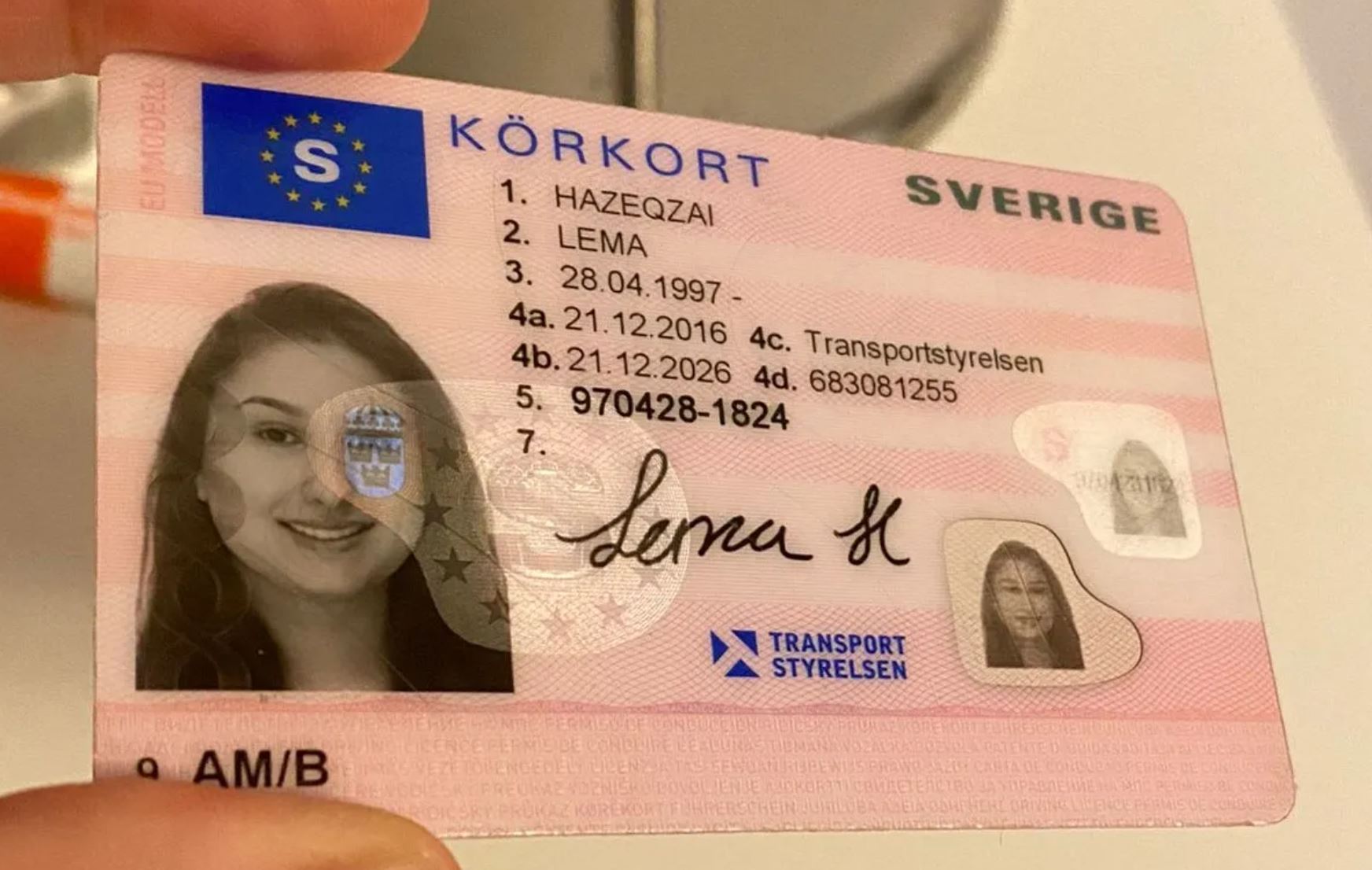14 Clever Ways To Spend The Leftover Driving License Id-Handling 2025 …
페이지 정보
작성자 Kathleen 작성일 25-08-10 21:23 조회 14 댓글 0본문

The Future of Driving Licenses: ID Handling in 2025
As innovation continues to progress at an extraordinary rate, various sectors are accepting developments to boost user experience and efficiency. One of the locations experiencing substantial improvement is identity management, especially concerning driving licenses. With the intro of digital licenses and advanced identification techniques, the landscape of driving license ID handling is expected to go through significant changes by 2025. This post explores the anticipated advancements in driving license ID handling, the ramifications for users, and answers often asked concerns about the future of driving licenses.
The Evolution of Driving Licenses
Driving licenses have actually typically served as a method of determining a person's authority to operate a motor vehicle. They also serve multiple secondary purposes, including age confirmation and identity confirmation for banking and travel. However, the physical card system has limitations, consisting of risks of counterfeiting, loss, and outdated information. As society seriously depends on efficient and protected recognition systems, the transition toward digital licenses is ending up being progressively popular.
Current Trends in Driving License ID Handling
Digital Licenses: Many states are piloting digital driving licenses that permit users to store their credentials on their smartphones. These digital licenses are designed with advanced security features, including biometric data, and can be scanned or shared safely.
Blockchain Technology: Some jurisdictions are exploring blockchain to enhance the security and authenticity of driving licenses. This innovation ensures that details can not be damaged which the data is quickly proven.
Facial Recognition: Increasingly used in identification practices, facial acknowledgment technology can speed up the process of validating a person's identity versus their driving license. This innovation also helps in reducing scams and keep the stability of the licensing systems.
Multi-Functional Licenses: Future driving licenses might incorporate extra functions such as health records, travel documentation, and even payment systems, supplying a detailed identity service.
The Benefits of Digital Driving Licenses by 2025
The shift toward digital driving licenses presents a number of advantages, consisting of:
Convenience: Users can access their licenses anytime, which removes the need for physical cards. This is particularly beneficial when individuals forget their license, as digital copies can be recovered quickly.
Security: Advanced security measures can lower the threat of identity theft, fraud, and unauthorized duplication. Digital licenses often consist of file encryption and biometric confirmation.
Performance: Reduced wait times at government offices and during traffic stops, as police can verify digital licenses immediately.
Ramifications for Users
While the developments in driving license ID managing present many advantages, they likewise include challenges. Users need to adapt to brand-new innovation and guarantee they understand the modifications and their implications. Here are some considerations:
Privacy Concerns: With increased digital footprints, there will be increased issues over information personal privacy and how biometric information is kept and utilized.
Accessibility Issues: Individuals without access to smart devices or digital innovations may deal with barriers to obtaining and utilizing digital licenses.
Regulatory Compliance: With various jurisdictions embracing various systems and processes, users need to know their regional laws regarding digital licenses and recognition.
Prepared For Changes in Driving License ID Handling by 2025
| Aspect | Existing Status | Expected Change by 2025 |
|---|---|---|
| License Format | Physical cards | Mainly digital licenses |
| Verification Process | Manual checks | Automated biometric confirmation |
| Security Measures | Fundamental holograms and functions | Advanced encryption and blockchain |
| Jurisdictional Differences | Fragmented procedures throughout states | More standardized national systems |
| User Interaction | In-person renewals and checks | Mobile applications for management |
FAQs
1. What is a digital driving license?A digital driving license is an electronic variation of a traditional driving license that is stored on a mobile gadget. It can be used for recognition and confirmation in numerous scenarios, with boosted security features to prevent scams.
2. How will digital licenses boost security?Digital licenses use file encryption and biometric data, making them harder to create or misuse compared to traditional cards. Additionally, KöRkortonline blockchain technology can ensure information credibility and stability.
3. Will everyone be needed to switch to a digital license?While lots of jurisdictions are approaching digital licenses, policies might vary. Users are motivated to consult their regional licensing authorities for specific standards.
4. What are the possible drawbacks of digital licenses?Some prospective downsides include personal privacy issues concerning data storage, ease of access issues for individuals without smartphones or digital literacy, and the requirement for a robust regulative structure to handle security and user rights.
5. How can I get ready for the shift to digital licenses?Stay notified about local initiatives regarding digital licenses, explore readily available mobile applications for handling recognition, and cultivate digital literacy to navigate brand-new innovations confidently.
The future of driving licenses and ID handling is poised for substantial development by 2025. As digital licenses become more common, users will experience improved security, benefit, and performance. Nevertheless, alongside the advantages come challenges that will require public awareness and adjustment. Stakeholders need to prioritize education, guideline, and accessibility to guarantee a smooth shift that empowers people with the identification tools of the future. As technology advances, so too will the approaches through which society manages identity, particularly vital in processes as essential as running a motor car.
- 이전글 20 Things You Must Know About Buy Driver's License Legally
- 다음글 What You Should Be Focusing On Enhancing Commercial Door Services
댓글목록 0
등록된 댓글이 없습니다.

